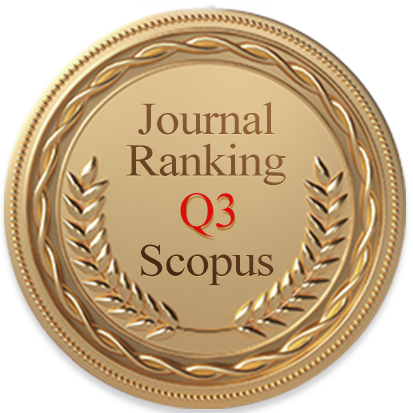Over the past 35 years, Idaho has implemented a comprehensive water outreach program aimed at addressing water resource challenges. This study employs a repeated measures survey strategy to assess the program's effectiveness. Initiated in 1987, a mail-based survey was designed to investigate various aspects, including water issues, satisfaction with drinking water, consumer observations of surface and groundwater quality, voluntary actions taken to protect and conserve water, and sources of water resource information accessed by Idaho citizens. The survey, featuring consistent questions, has been administered at five-year intervals (1992, 1997, 2002, 2007, 2012, 2017, 2022) to a sample of over 2,000 Idaho residents. The resulting 35-year longitudinal dataset provides valuable insights into key water issues within the state. Significant findings include a high level of satisfaction with drinking water among Idahoans, a substantial increase in voluntary actions to protect water quality (from 12.6% in 1987 to over 63% in 2022), and a growing adoption of voluntary actions to conserve water quantity (from 16.4% in 1987 to 64% in 2022). The study recognizes the success of citizen-led efforts to protect water resources and utilizes this extensive dataset to inform future water education priorities in Idaho.















